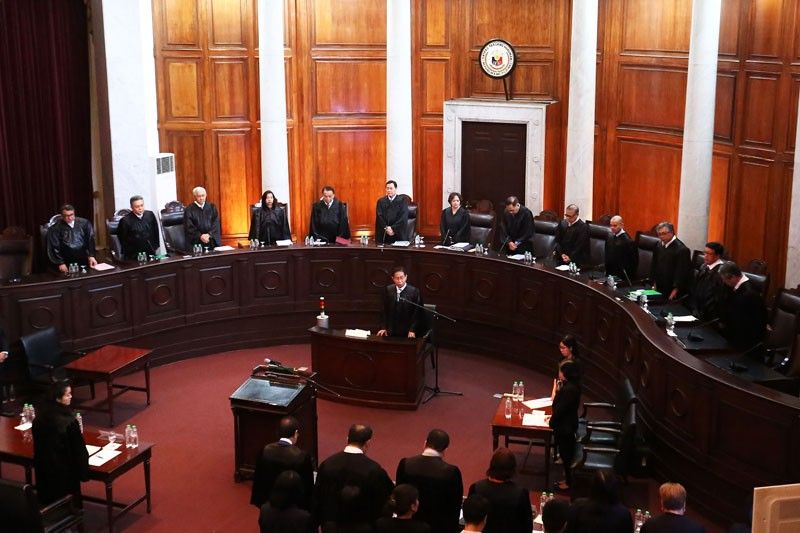Quanta of evidence for civil, criminal liability
 While the criminal and civil actions can be litigated in the same proceedings, the quanta of evidence for the two actions are not the same. For the court to find criminal liability against the accused, there must be proof beyond reasonable doubt:[3]
While the criminal and civil actions can be litigated in the same proceedings, the quanta of evidence for the two actions are not the same. For the court to find criminal liability against the accused, there must be proof beyond reasonable doubt:[3]
Proof beyond reasonable doubt does not mean such a degree of proof as, excluding possibility of error, produces absolute certainty. Moral certainty only is required, or that degree of proof which produces conviction in an unprejudiced mind.[4]
On the other hand, the finding of civil liability only requires preponderance of evidence or "superior weight of evidence on the issues involved."[5]
[T]he court may consider all the facts and circumstances of the case, the witnesses' manner of testifying, their intelligence, their means and opportunity of knowing the facts to which they are testifying, the nature of the facts to which they testify, the probability or improbability of their testimony, their interest or want of interest, and also their personal credibility so far as the same may legitimately appear upon the trial.[6]
Despite the singularity of the proceedings of both the criminal case and the civil case, it is possible for there to be an acquittal on the criminal case and yet a finding of civil liability. The respective weights of the evidence in the criminal and civil cases are evaluated independently.
[1] REV. RULES OF COURT, Rule 111, sec. 1 (a).
[2] Ricarze v. Court of Appeals, 544 Phil. 237 (2007) [Per J. Callejo, Third Division].
[3] REV. RULES OF COURT, Rule 133, sec. 2.
[4] REV. RULES OF COURT, Rule 133, sec. 2.
[5] REV. RULES OF COURT, Rule 133, sec. 1.
[6] REV. RULES OF COURT, Rule 133, sec. 1.






0 Comments